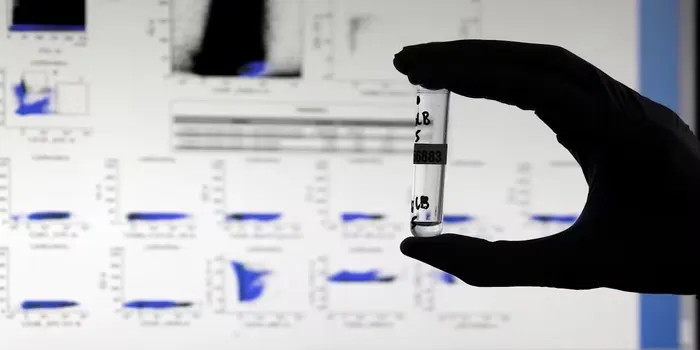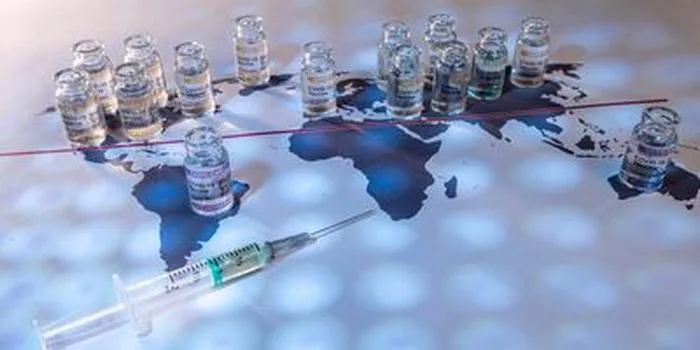Could I have had COVID and not realised it?
In "Could I have had COVID and not realised it?", the discussion revolves around the possibility of experiencing asymptomatic COVID-19 infections, emphasizing the importance of awareness and testing. Meanwhile, "The Big Apple" explores the origins of this iconic nickname for New York City, delving into its cultural significance and historical context. The article also examines how eight other renowned cities acquired their unique monikers, revealing the stories and characteristics that define them and contribute to their identities.

The COVID-19 pandemic has affected millions of lives worldwide, leading to increased awareness and testing for the virus. However, many individuals may wonder, “Could I have had COVID and not realized it?” Understanding this question requires delving into the symptoms, testing, and the nature of asymptomatic cases.
Understanding Asymptomatic Cases
One of the most significant aspects of COVID-19 is the presence of ''asymptomatic carriers''. These individuals can be infected with the virus but show no symptoms. According to the CDC, a substantial percentage of people who contract COVID-19 may never experience noticeable symptoms, which often leads to the question of whether they had the virus without realizing it.
Common Symptoms of COVID-19
While many individuals experience mild to severe symptoms, some may have had the virus without recognizing it. Common symptoms include:
- Fever or chills
- Cough
- Shortness of breath
- Fatigue
- Muscle or body aches
- Loss of taste or smell
- Sore throat
- Congestion or runny nose
- Nausea or vomiting
- Diarrhea
Many of these symptoms overlap with other common illnesses like the flu or cold, which may lead individuals to attribute their symptoms to something other than COVID-19. This confusion can result in undiagnosed cases.
Testing and Diagnosis
If you suspect you may have had COVID-19, testing is crucial. There are two primary types of tests:
| Type of Test | Description | When to Use |
|---|---|---|
| PCR Test | A nasal swab that detects the virus's genetic material. | When experiencing symptoms or after exposure. |
| Antibody Test | Blood test that detects antibodies produced in response to the virus. | To determine past infection, typically 2-3 weeks after symptoms resolve. |
Testing can help confirm if you had COVID-19, particularly if you have experienced mild symptoms that you attributed to other causes.
The Importance of Awareness
Being aware of the potential for asymptomatic cases is crucial for public health. Individuals who unknowingly carry the virus can spread it to others, contributing to the ongoing pandemic. This is particularly concerning for vulnerable populations, such as the elderly and those with underlying health conditions.
Regular testing and being vigilant about symptoms can help curb the spread of the virus and protect those at risk. Additionally, understanding the possibility of having had COVID-19 without realizing it encourages individuals to be more proactive in monitoring their health.
Long COVID: A Potential Aftermath
Another factor to consider is ''Long COVID'', a condition where individuals experience lingering symptoms long after the initial infection has resolved. Some people may have had mild cases of COVID-19 that went unnoticed but later develop symptoms associated with Long COVID, such as:
- Fatigue
- Brain fog
- Joint pain
- Chest pain
- Difficulty sleeping
This phenomenon highlights the importance of ongoing health monitoring even after recovery from what might have been an unnoticed case of COVID-19.
Conclusion
In conclusion, it is entirely possible that you could have had COVID-19 without realizing it, especially if you experienced mild or no symptoms at all. Regular testing, awareness of symptoms, and understanding the nature of asymptomatic cases are vital for individual and public health. If you suspect you may have been infected, consider discussing your concerns with a healthcare provider. They can guide you on the appropriate steps to take, including testing options and recommendations for ongoing health monitoring.
By staying informed and proactive, you can contribute to the broader efforts to manage and mitigate the impact of COVID-19 in your community.












